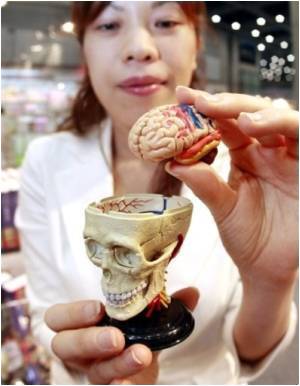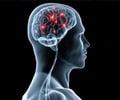A new method of testing for neurological diseases could provide doctors with a rapid and non-invasive method of diagnosing degenerative disorders, a team of American scientists have claimed.

The diagnosis of neurological degenerative disorders such as Huntington's disease remains a difficult clinical task and while tests such as Magnetic Resonance Imaging (MRI) can reveal loss of brain tissue, until now no diagnostic testing methods could help distinguish between Alzheimer's disease, Huntington's disease, or Parkinson's disease reliably.
"We discovered that MRS can reliably identify brain pathology in Huntington disease model mice by measuring 17 different brain metabolites at the same time," said project leader Dr. Jason B. Nikas from the University of Minnesota. "This technology, if expanded to humans and applied to a range of neurological disorders, could potentially provide diagnostic information to distinguish different causes of dementia and other forms of neurological illness, rapidly and non-invasively, with current generation MR scanners."
MRI and MRS both work by applying a magnetic field to a biological tissue, and then perturbing it with a radio-frequency (RF) signal, certain types of atoms in the tissue will give a response that can be detected externally.
MRI is based upon the response of hydrogen atoms in water molecules in the tissue, however MRS can quantify the amounts of complex biological molecules in tissue.
Nikas and colleagues measured the amounts of 17 different biochemical substances in the brains of mice and found that the Huntington mutation 'R6/2' caused a signature change in the levels of these substances. This allowed the team to successfully identify which mice had the mutation, 100% of the time, by non-invasive MRS.
Advertisement
"Scanning animals non-invasively by MRS could be useful in the monitoring of various interventions in mice with genetic disorders," concluded Nikas. "However, it could be even more valuable for identifying human subjects who were asymptomatic, but showed the MRS signature of a particular disease, which they might develop years later; moreover, it could be very valuable in assessing disease progression and/or the efficacy of an applied medical treatment."
Advertisement
Source-Eurekalert













